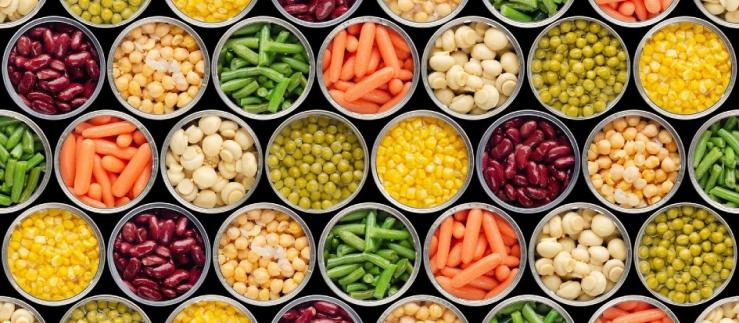The rapid expansion of convenience stores in rural areas has been beneficial to the even distribution of chocolate products to these less tapped areas. Chocolate is among the top favorite snacks of Indonesian consumers after pastry, biscuit and candy with a market value of US$ 776 million.
Increasing chocolate exports from Switzerland
In 2017, Indonesia imported chocolate and cocoa products worth US$ 88 million. Chocolate imports originate from India, with proportion 25% or value around US$ 22 million, followed by Malaysia, Singapore and Australia at respective proportion of 21.4%, 9%, and 8%. Despite a slight drop in imports, shipments from Switzerland have been increasing and representing 3% of the total import value with chocolate in containers or immediate packaging being the most important goods.
Overview of the chocolate market in Indonesia
The chocolate market in Indonesia is dominated by the two key local manufacturers Petra Food and Mayora Indonesia with a combined market share of almost 80%. The rest is shared by multinational companies such as Mondelēz International (Cadbury and Toblerone), Mars (Snicker, Dove), Ferrero, Nestlé (Kitkat), Lindt and Hershey. Petra Food leads the market with its strong portfolio of Silver Queen chocolate bars (leads the value share of 65%, chart 2.), Delfi and Ceres chocolate sprinkle. While Mayora Food’s strong position stems from its popular Choki Choki. An affordable price as well as the easiness to find the products in most convenience stores are the competitive advantage of the local brands compared to their international competitors. But those who put forward the quality and taste will still prefer imported chocolate.
Distribution channels for chocolate: Supermarkets, hotels and restraunts
On the whole, modern retailers such as supermarket and hypermarket continue to be a key channel for the distribution of imported chocolate products. The four biggest operators in the hypermarket segment are Transmart Carrefour (110 stores), Giant (166 stores), Hypermart (113 stores) and Lotte Mart (46 stores). While in the supermarket chain, Hero (32 stores), Super Indo (157 stores), Ranch Market (14 stores), Food Hall (26 stores) and Foodmart (40 stores) lead the section. Furthermore, convenience stores such as Indomaret (14,000 shops) and Alfamart (10,000 shops) have steadily grown hand-in-hand as a viable channel to reach out to end costumers in less tapped areas. For ready to consume chocolate in the form of bars, paste and moulded bars such as Toblerone, KitKat and Snickers are among the imported chocolate products that are readily available in the convenience stores. Furthermore, the increasing number of hotels (around 2,300) and restaurants (more than 100,000) also boost the chocolate demand through creating a variety of chocolate-based cakes. Local distributors and import agents are needed for the importation, registration and distribution of the products.
What you need to know about the regulatory framework
Before entering the market, all food in retail packaging is required to obtain a registration number from the Indonesian National Agency for Drug and Food Control (BPOM). The registration can be done through an online platform by submitting administrative and technical requirements such as legal documents of the importer, appointment letter, and certificate of sales, certificate of analysis and other supporting documents. The evaluation process until the issuance of the registration number will take up to 6 months depending on the level of risk and completion of documents. The registration fee for chocolate products is about US$ 33 and the license is valid for 5 years. Furthermore, an entry permit (SKI) should be acquired for customs clearance purposes. Chocolate imports are subject to a total tax of 17,5 per cent consisting of 5 per cent import duty, 10 per cent value-added tax and 2,5 per cent import tax. For non-filled chocolate a higher import duty of 20 per cent is imposed. In anticipation of the enforcement of the halal law in 2019 exporters are advised to familiarize themselves with the requirements.






